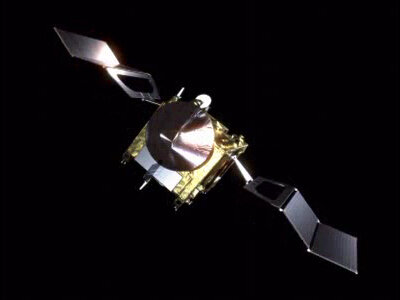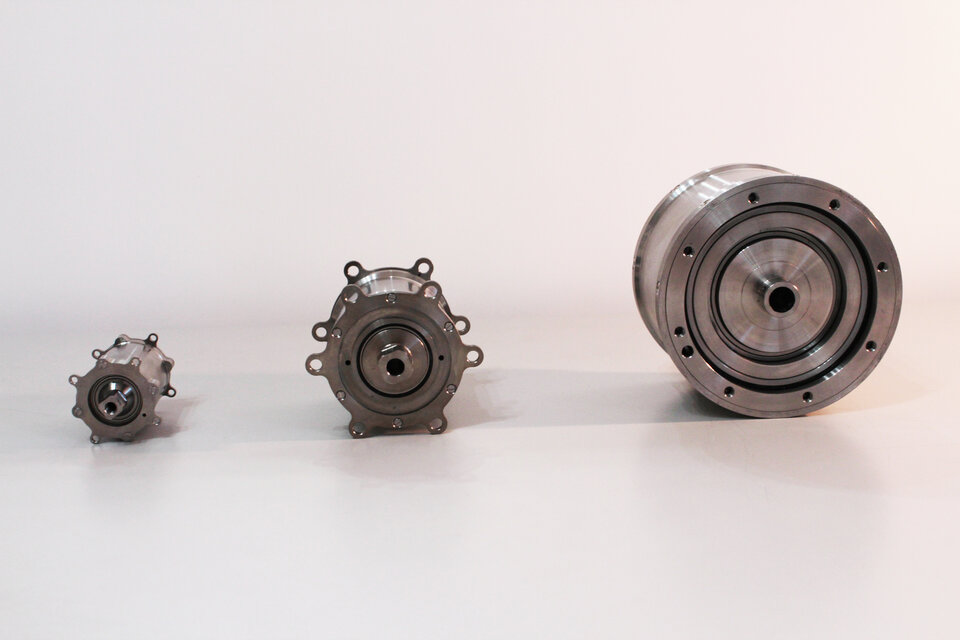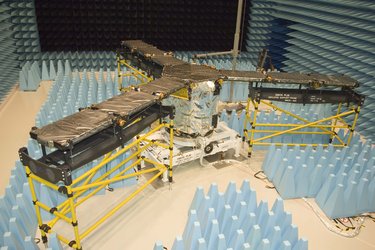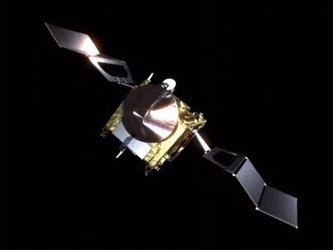How to make moves in space
Giorgio Parzianello, Mechanisms engineer
We in the Mechanisms Section keep things moving in space: the field takes in all the moving parts required aboard a spacecraft, as well as ground support equipment used for necessary testing prior to launch.
In general, common mechanism items in a spacecraft are reaction wheels, deployment mechanisms, pointing antennas, solar array drive mechanisms, or mechanisms specifically related to a mission’s instruments (e.g. scanners, focusing systems, calibration, positioning) or also, stage separation mechanisms and thruster orientation devices for launchers.
One of the major constraint when using mechanisms is that we often have to have parts moving relative to one another for long periods of time, namely the entire lifetime of the mission, such as reaction wheels used to control attitude or mechanisms in continuously-operated instruments. So solutions are needed to keep these parts moving without wearing out and without any maintenance in the hostile space environment; the usual approach is to use various types of lubricants or self-lubricating materials – specially optimised for space conditions.

The challenge however, is that prospective missions are becoming longer and longer, and the lifetime of mechanisms needs to extend in line with this trend.
Complicating matters further is also the power and data transfers that need to take place across the moving parts of the mechanisms in many cases. Today this is usually performed using a ‘slip ring’ – an electrical contact based on a stationary wire brush that rests on a rotating conducting part. But over time this contact can deteriorate, due to the wearing out of the brush, causing build-up of debris, or irregular rotation and reducing the quality of the electrical transmission.

That’s why we are also developing contactless solutions for space mechanisms– able to transfer power and signals, motion, position measurements and so on without contact at all. The power transfer is based on magnetic coupling, the principle being akin to leaving your mobile phone on a wireless charger to recharge it. Data can be transferred in the same way, by modulating the magnetic field or by capacitive coupling.
In cooperation with colleagues from the Electrical Engineering Department we implemented activities with industry to build a breadboard to demonstrate performances of such contactless elements in space like conditions.

Tests in vacuum have demonstrated good performance with high efficiency, although some issues need to be ironed out – these kinds of demonstrations and tests are a very good means to learn the best way forward. We’re keen to further optimise the breadboard such to make available a practical and efficient contactless power and data transfer device.
By extension, we’re also looking into other contactless mechanisms development where the elements would not touch at all, but be kept separate as they move past one another by magnetic forces, as for example magnetic bearings and magnetic gears. The principle is already employed in some high-end automobiles, with magnetic gearboxes that require no lubrication or maintenance over time, there are a number of companies working on these.

It’s a highly promising concept, but we need to ensure such a system can meet space requirements, starting with testing operations in vacuum across a wide range of temperatures. The initial questions we need to answer: will the performance be affected by changing temperatures, and how stable would the magnetic properties be over a long multi-year timescale?
The contactless principle is also ripe for use in position and angular sensors; the performance might be lower than the current best – which are optical encoders – but the cost would potentially be much reduced and the lifetime would theoretically be infinite.















 Germany
Germany
 Austria
Austria
 Belgium
Belgium
 Denmark
Denmark
 Spain
Spain
 Estonia
Estonia
 Finland
Finland
 France
France
 Greece
Greece
 Hungary
Hungary
 Ireland
Ireland
 Italy
Italy
 Luxembourg
Luxembourg
 Norway
Norway
 The Netherlands
The Netherlands
 Poland
Poland
 Portugal
Portugal
 Czechia
Czechia
 Romania
Romania
 United Kingdom
United Kingdom
 Slovenia
Slovenia
 Sweden
Sweden
 Switzerland
Switzerland




























